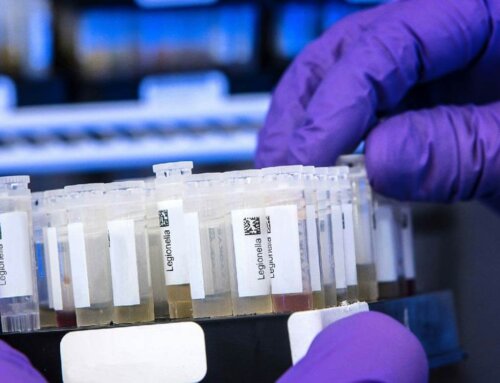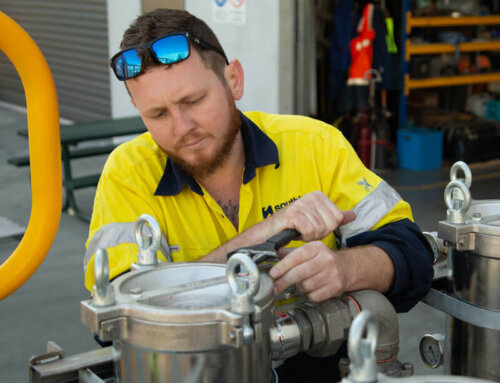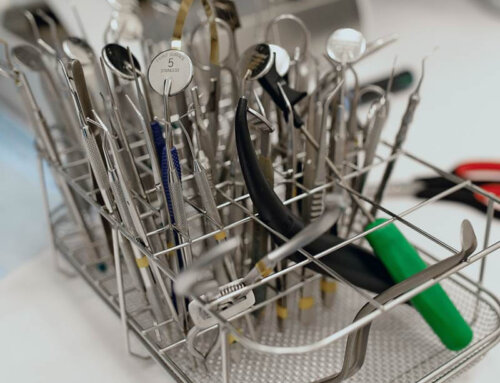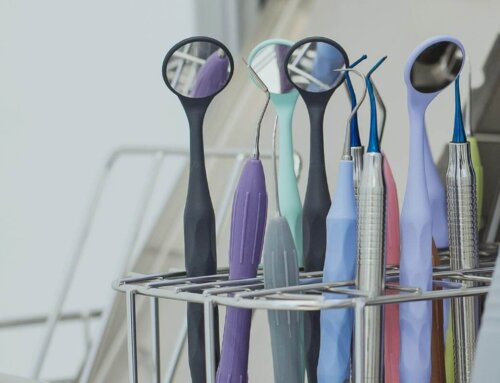Date: 16/03/2018
Read Time: 1min 20sec
Author: Dr Surani McCaw, B.E. (Chemical), Ph. D.
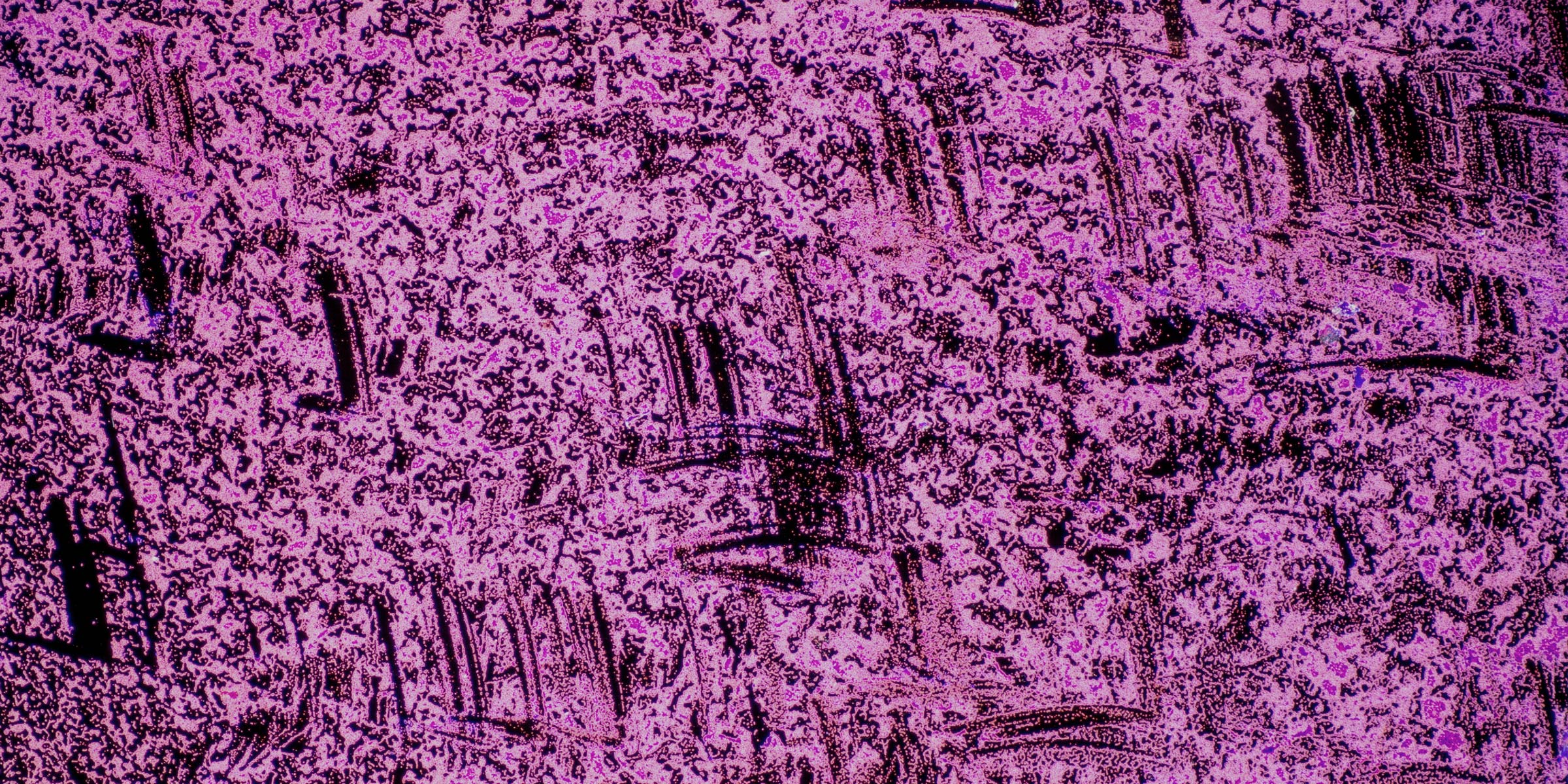
Key points:
- Despite RMDs being terminally sterilized, controlling biofilm is crucial as it harbors pathogenic bacteria, leading to endotoxin generation.
- Endotoxins, released by Gram-negative bacteria, can cause adverse effects and tissue injury when introduced into the human body, remaining resistant to chemical inactivation and conventional sterilization temperatures.
- Quality water in all RMD reprocessing stages is vital for equipment care, staff safety, and quality patient outcomes in healthcare facilities.
One major misconception in the healthcare industry is that as RMD’s are terminally sterilised, control of biofilm is not critical.
The fact is, if biofilm is present, it will harbour pathogenic bacteria. This leads to the generation of endotoxins. Endotoxins are not living organisms but are structural components that are released from the cell surface of Gram-negative bacteria (such as E.coli, Legionella, Pseudomonas aeruginosa, Enterobacter, Klebsiella) either through its growth and cell division (small amounts) when stressed, or on the cell’s death (large quantities).
When introduced into the human body, they cause a fever-like reaction (and other adverse effects) and can stimulate the production of numerous cytokines, which can result in tissue injury.
Endotoxins are not readily inactivated by chemicals. In fact, the exposure to disinfecting chemicals can actually generate endotoxins. They are extremely heat stable and can remain after conventional autoclaving/sterilising. Only with exposure to a particular temperature (180ºC) for a specific time (3 hours) will destroy endotoxins be destroyed.
The sterilisation process only reaches temperatures of 135 ºC. If pathogenic bacteria are present in the water used for the production of purified/clean steam, they will generate endotoxins in the steriliser during the sterilisation process – which is precisely what we are trying to protect patients and staff from in healthcare facilities.
So the quality of water used for all stages of the reprocessing of RMDs is critical for the care of equipment, the health and safety of staff, and the quality patient outcomes.
Have questions?
Email Surani to discuss your specific requirements and explore customised strategies for success.


